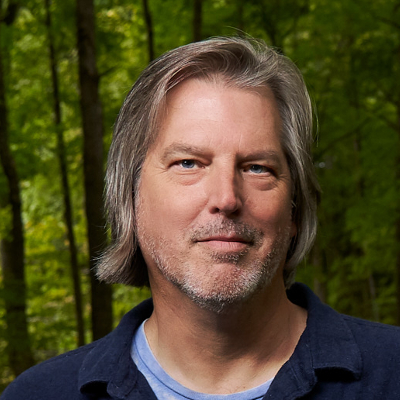Recorded on: Aug 31, 2025
Description
In this week’s Frankly, Nate weighs the value of a pound of gold with other things that we derive worth from in our lives – from dollars and bitcoin to…less pecuniary markers. Although gold is simply a metal, it has long been a symbol of wealth in human cultures. Through highlighting other important, sometimes intangible forms of wealth, Nate encourages the viewer to not only examine what they place the most worth on in their own lives, but also to consider why things have worth to us as humans living in a complex, modern system.
What contributes to the real wealth of your life – and can it be measured and held, or is it something more intangible? And finally, how might our definitions of wealth change if we were -as individuals and as a culture – to fully appreciate the miracle that is human life and connection with one another and the natural world?
Show Notes & Links to Learn More
00:16 – Gold all time high Aug 2025
01:47 – Bank of England: Why does money depend on trust?
02:06 – Rise and fall of global currencies over time
02:30 – silver usages in modern society
03:35 – Bitcoin value / about Bitcoin
07:57 – Statistica: How Widespread Are Stress, Depression, and Anxiety?
10:28 – Economy as a subset of the biosphere
11:07 – S&P record-setting high
11:22 – Planetary boundaries
Teaser image credit: Gold bar. By Szaaman – Own work, Public Domain, https://commons.wikimedia.org/w/index.php?curid=8377306

Nate Hagens
Nate Hagens is the Director of The Institute for the Study of Energy & Our Future (ISEOF) an organization focused on educating and preparing society for the coming cultural transition. Allied with leading ecologists, energy experts, politicians and systems thinkers ISEOF assembles road-maps and off-ramps for how human societies can adapt to lower throughput lifestyles.
Nate holds a Masters Degree in Finance with Honors from the University of Chicago and a Ph.D. in Natural Resources from the University of Vermont. He teaches an Honors course, Reality 101, at the University of Minnesota.
Related Articles
Review: Impasse by Roy Scranton
By Frank Kaminski, Mud City Press
Impasse succeeds in its aim of candidly assessing our planetary predicament and offering a realistic, ethical way forward. Its achievement lies not in offering solutions—since Scranton persuasively argues that none exist—but in clarifying the nature of the bind we are in and offering a way to live meaningfully within it.
September 8, 2025

